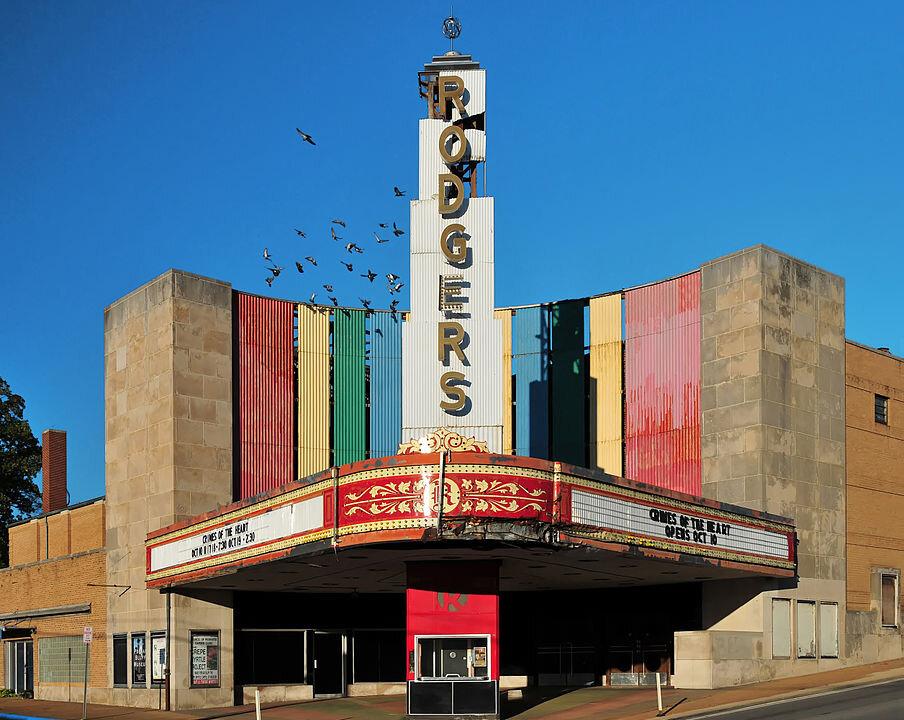If “Dumber and Dumber To,” “Interstellar,” and “Big Hero 6” didn’t get you to the movies last week, you weren’t alone: just before Thanksgiving, Box Office Mojo put year-to-date gross receipts at almost $9 billion.
This substantial sum is actually not–so-good news for the movie business, since it represents a decline of almost 4 percent compared to 2013—which also saw a box office sales decrease from 2012.
Is the future of public movie going in jeopardy? What might be its salvation?
Almost every Main Street had a cinema until mall-based, multiscreen cineplexes forced many local marquees to go dark. Then home video and cable television came along. Theater owners responded by investing in bigger screens and better projection and versioning (2-D, 3-D, 70mm, and IMAX), which kept the box office booming through 2012.
But now the movie theater business has approached what appears to be a tipping point, where annual box office increases are no longer guaranteed. Affordable home entertainment systems, handheld devices with brilliant displays, and on-demand access to almost any movie ever made—many of them free—pose escalating challenges for theater owners.
Movie theaters still have an appeal. One is better technology. A pristine 35mm print of “Interstellar” or an IMAX 3-D Experience of “Big Hero 6” cannot be delivered anywhere except on a big screen. Another is novelty. Many theaters have dressed up their operations, offering full food and drink service in lieu of sticky sodas and buttery popcorn. Watching “Dumb and Dumber To” inside Showcase Cinemas’ Lux Level while eating “succulent steaks” and choosing from a “world-class wine list” might be a tempting experience for adults.


